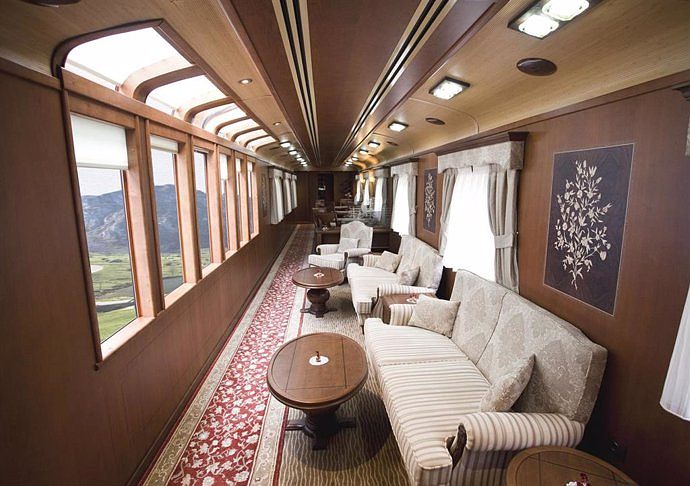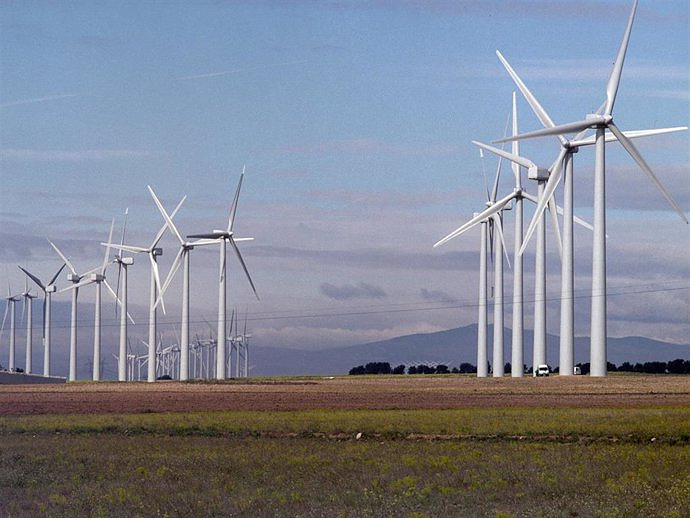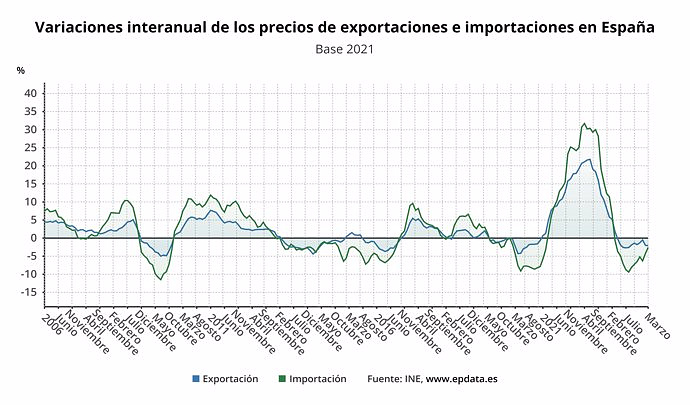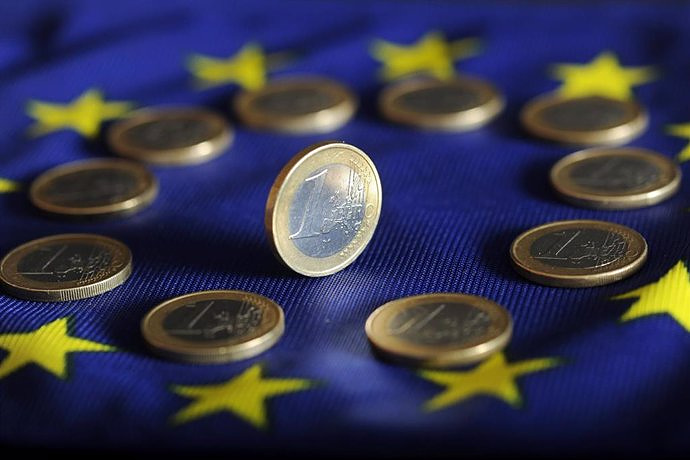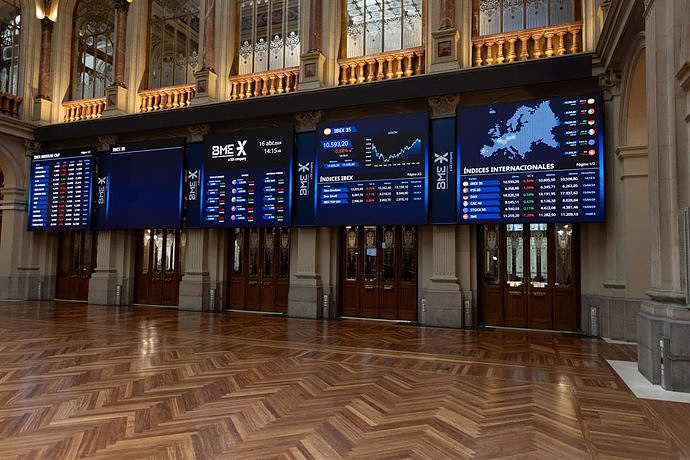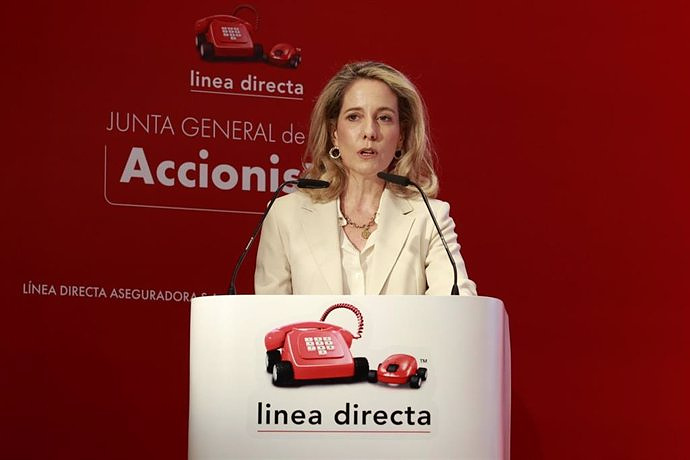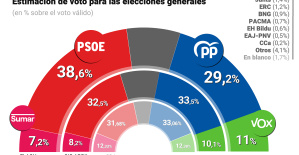MADRID, 26 Mar. (EUROPA PRESS) -
This Tuesday, Renfe's Transcantábrico Gran Lujo begins its 2024 season trips with which it will travel along the Spanish Cantabrian coast. This authentic rolling train will offer eight-day departures between San Sebastián and Santiago de Compostela and short four-day routes.
This railway is an international benchmark in the segment of Luxury Tourist Trains. And on board it the traveler can enjoy art and nature, landscapes and the best gastronomy throughout several Spanish regions.
The train began to circulate in July 1983 between León and Matallana de Torío and, throughout the more than forty years of service, interrupted only by the pandemic, it has established itself as one of the most recognized tourist trains on the international scene of the luxury rail tourism.
The trips of El Transcantábrico Gran Lujo currently run between San Sebastián and Santiago de Compostela. It offers departures of 8 days (7 nights) between the two capitals and short routes of 4 days (3 nights) that begin in Oviedo and conclude in San Sebastián or between Santiago de Compostela and Gijón.
All trips include accommodation on board the train in Grand Luxury Suites and a wide gastronomic offer that includes breakfast, lunch and dinner on board or in selected restaurants, guided tours, tickets to monuments and shows, activities on board, multilingual guide throughout. the route and buses for travel.
The current composition of the train is seven sleeping cars, four lounge cars and one kitchen car. Its maximum capacity is 28 seats distributed in 14 luxurious double suites that can also be used as triple suites.
The common areas of El Transcantábrico Gran Lujo are distributed in a large dining room where travelers taste the select dishes prepared in the train's own kitchen. A Pub Lounge has also been set up where live music is offered every night and various parties are organised, as well as a car-bar.
With regard to private spaces, the 14 rooms that have been commercially called Grand Luxury Suites have a bedroom with a large bed, wardrobe and trunk, a small living room with television, as well as a computer with Internet connection and a bedroom bathroom with shower, among other elements.
The conception and birth of El Transcantábrico, the first tourist train in Spain and the first in the world in metric gauge, represented a challenge in the Spanish railway panorama and a risky and innovative commitment to recreate the atmosphere of the trains of the Belle époque.
The company that managed the train when it was designed was Feve, the narrow gauge railway company that was integrated into Renfe in 2013. The first trip of El Transcantábrico was made at the end of July 1983 between León and Matallana de Torío.
The name of the train was inspired by the homonymous work of the Leonese writer Juan Pedro Aparicio, which recounted a trip of the Hullero, the old passenger train that circulated daily between León and Bilbao on the historic La Robla line, originally created to transport coal. the Leonese and Palencia basins to the Bilbao steel factories.
For the construction of El Transcantábrico, old cars were rescued and remodeled to adapt them to the new use, some of great historical value, which were stored in various workshops and hangars. Specifically, they were four Pullman cars that the company that then managed the Basque railways had commissioned to be built in 1927 by the British company The Leeds Forge.
In the first trips the train circulated with three lounge cars (Salon I, Salon II and Bar Car), in 1985 the fourth Salon, the Pub Car, would be added. Later, in 1992 these cars would be named after four of the communities they passed through (Basque Country, Cantabria, Asturias and Galicia).
In parallel, four sleeper cars were built from MAN diesel railcar trailers. Initially, each of these cars had seven bunk compartments and a bathroom for common use.
In 1999, a major transformation was carried out on the train, driven by the changes requested by customers, which meant that the bunk compartments were converted into comfortable rooms with a full private bathroom.
Year after year, the Transcantábrico was consolidated as a luxury rail tourism product and changes were incorporated in accordance with the new times, maintaining at all times the image of a classic tourist train.
The high demand for travel made its managers decide to build a second train, which also under the El Transcantábrico brand, was launched in 2000.
Thus, both trains circulated under the commercial name of El Transcantabrico I, which made the route from San Sebastián to Santiago and vice versa, and El Transcantabrico II, which made the route León - Bilbao - Ferrol - Santiago and vice versa. Both routes had a duration of 8 days (7 nights).
At the end of 2009, a kitchen-storage car was added to the two El Transcantábrico products, giving the trains greater versatility by offering the possibility of cooking on board.
In 2010, those responsible for the product decided to transform El Transcantábrico I to become El Transcantábrico Gran Lujo, whose trips ran between San Sebastián and Santiago de Compostela.
The Transcantábrico II remained with the name El Transcantábrico Clásico, which circulated in both directions between León and Santiago.
Both offers were maintained until 2022, with the exception of the 2020 and 2021 seasons, during which the trains did not run due to the pandemic. That year Renfe decided to exclusively maintain the El Transcantábrico Gran Lujo product while El Transcantábrico Clásico stopped circulating under that name and commercially became the Costa Verde Express.
In addition to the routes they traveled, the differences between the two convoys basically lay in the composition, size and decoration of the train. While the Classic offered a total of 27 rooms, the Grand Luxury offer was 14 exclusive suites with a private living room, bedroom with double bed and full bathroom.
Throughout its history, this railway has been awarded countless awards, including the Silver Medal for Tourist Merit, and the International Trophy for Tourism, Hospitality and Gastronomy 'New Millennium Award'.
It currently has the Q for Quality awarded by the Institute for Spanish Tourism Quality, ICTE, and the ISO 9001 certification from AENOR, which guarantees good customer service.

 Exploring Cardano: Inner Workings and Advantages of this Cryptocurrency
Exploring Cardano: Inner Workings and Advantages of this Cryptocurrency Seville.- Economy.- Innova.- STSA inaugurates its new painting and sealing hangar in San Pablo, for 18 million
Seville.- Economy.- Innova.- STSA inaugurates its new painting and sealing hangar in San Pablo, for 18 million Innova.- More than 300 volunteers join the Andalucía Compromiso Digital network in one month to facilitate access to ICT
Innova.- More than 300 volunteers join the Andalucía Compromiso Digital network in one month to facilitate access to ICT Innova.-AMP.- Ayesa acquires 51% of Sadiel, which will create new technological engineering products and expand markets
Innova.-AMP.- Ayesa acquires 51% of Sadiel, which will create new technological engineering products and expand markets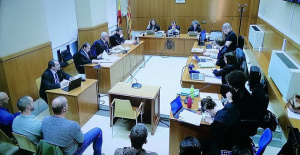 Sentences of up to 7 years for four police officers for illegal detention and injuries to a young man in Barcelona
Sentences of up to 7 years for four police officers for illegal detention and injuries to a young man in Barcelona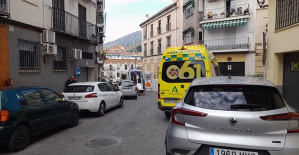 They investigate in Jaén the death of a six-year-old boy whose mother shows signs of self-harm
They investigate in Jaén the death of a six-year-old boy whose mother shows signs of self-harm The judge orders Rubiales to appear in court once a month and ask for permission if he travels abroad
The judge orders Rubiales to appear in court once a month and ask for permission if he travels abroad Scotland's First Minister resigns after the breakdown of the Government coalition
Scotland's First Minister resigns after the breakdown of the Government coalition How Blockchain in being used to shape the future
How Blockchain in being used to shape the future Not just BTC and ETH: Here Are Some More Interesting Coins Worth Focusing on
Not just BTC and ETH: Here Are Some More Interesting Coins Worth Focusing on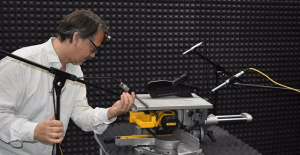 They create a bank of machinery sounds to prevent breakdowns through artificial intelligence
They create a bank of machinery sounds to prevent breakdowns through artificial intelligence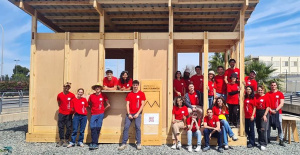 UPV students build a prototype of a wooden house to move to Equatorial Guinea
UPV students build a prototype of a wooden house to move to Equatorial Guinea The UA opens the call for the Impulso 2024 Awards for the best innovative business initiatives
The UA opens the call for the Impulso 2024 Awards for the best innovative business initiatives ALI, virtual assistant from Alicante, internationally recognized by the OECD
ALI, virtual assistant from Alicante, internationally recognized by the OECD A million people demonstrate in France against Macron's pension reform
A million people demonstrate in France against Macron's pension reform Russia launches several missiles against "critical infrastructure" in the city of Zaporizhia
Russia launches several missiles against "critical infrastructure" in the city of Zaporizhia A "procession" remembers the dead of the Calabria shipwreck as bodies continue to wash up on the shore
A "procession" remembers the dead of the Calabria shipwreck as bodies continue to wash up on the shore Prison sentences handed down for three prominent Hong Kong pro-democracy activists
Prison sentences handed down for three prominent Hong Kong pro-democracy activists ETH continues to leave trading platforms, Ethereum balance on exchanges lowest in 3 years
ETH continues to leave trading platforms, Ethereum balance on exchanges lowest in 3 years Investors invest $450 million in Consensys, Ethereum incubator now valued at $7 billion
Investors invest $450 million in Consensys, Ethereum incubator now valued at $7 billion Alchemy Integrates Ethereum L2 Product Starknet to Enhance Web3 Scalability at a Price 100x Lower Than L1 Fees
Alchemy Integrates Ethereum L2 Product Starknet to Enhance Web3 Scalability at a Price 100x Lower Than L1 Fees Mining Report: Bitcoin's Electricity Consumption Declines by 25% in Q1 2022
Mining Report: Bitcoin's Electricity Consumption Declines by 25% in Q1 2022 Oil-to-Bitcoin Mining Firm Crusoe Energy Systems Raised $505 Million
Oil-to-Bitcoin Mining Firm Crusoe Energy Systems Raised $505 Million Microbt reveals the latest Bitcoin mining rigs -- Machines produce up to 126 TH/s with custom 5nm chip design
Microbt reveals the latest Bitcoin mining rigs -- Machines produce up to 126 TH/s with custom 5nm chip design Bitcoin's Mining Difficulty Hits a Lifetime High, With More Than 90% of BTC Supply Issued
Bitcoin's Mining Difficulty Hits a Lifetime High, With More Than 90% of BTC Supply Issued The Biggest Movers are Near, EOS, and RUNE during Friday's Selloff
The Biggest Movers are Near, EOS, and RUNE during Friday's Selloff Global Markets Spooked by a Hawkish Fed and Covid, Stocks and Crypto Gain After Musk Buys Twitter
Global Markets Spooked by a Hawkish Fed and Covid, Stocks and Crypto Gain After Musk Buys Twitter Bitso to offset carbon emissions from the Trading Platform's ERC20, ETH, and BTC Transactions
Bitso to offset carbon emissions from the Trading Platform's ERC20, ETH, and BTC Transactions Draftkings Announces 2022 College Hoops NFT Selection for March Madness
Draftkings Announces 2022 College Hoops NFT Selection for March Madness